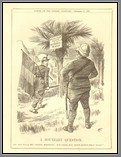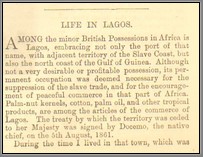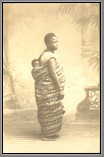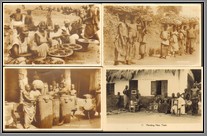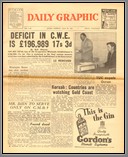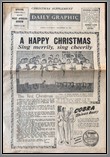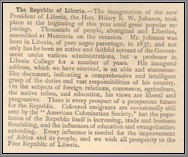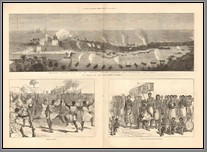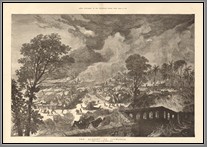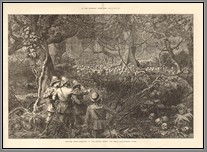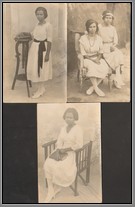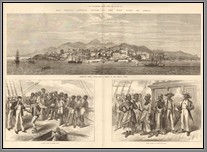British West Africa / Liberia
Group of 8 late 19th and turn-of-the-century illustrations of life in Nigeria and Sierra Leone. Shown are a local trading factory selling wares to the local natives, agricultural enterprise in Nigeria, groups of Housas, illustration of converting Nigerians into soldiers, a laundry establishment at Lagos, a horse race by the West African Frontier Force at Jebba, children travelling by train in Lagos, and a complete 3 page article titled Life In Lagos (from Sunday at Home. B
Price: $180.00
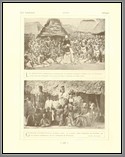 BRA 138 BRA 138 | 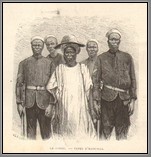 BRA 138 BRA 138 | 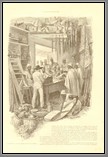 BRA 138 BRA 138 | 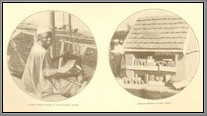 BRA 138 BRA 138 |
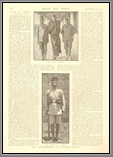 BRA 138 BRA 138 | 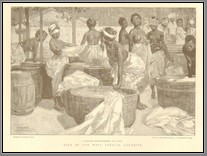 BRA 138 BRA 138 | 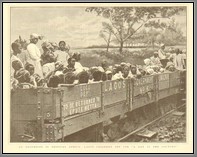 BRA 138 BRA 138 | 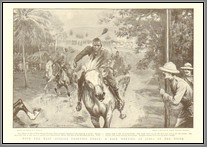 BRA 138 BRA 138 |
A collection of 4 illustrated pages on Sierra Leone, 1851-1856. B
Note: In Sierra Leone campaigns were the consequence of friction between the Freetown government and tribes in the interior which refused to be bound by their obligations to keep the peace with their neighbours or who continued to raid for slaves. After eight years of strained relations, at the end of 1887, the government decided in it frustration to ‘administer a severe lesson’ to the Yonni. The instructors were a force of the West Indies Regiment and a handful of sailors from HMS Acorn who manned a war-rocket. This proved an amazing success, terrifying the Yonni, whose chiefs submitted. No one was killed and only twenty were wounded during the bush skirmishes. A similar expedition , in 1891, up the Scarcies River, in which two fortified villages were shelled and taken, had much the same result, with 3 dead and 11 wounded.
A more formidable opponent for the Sierra Leone authorities was Somori Toure, whose great inland Islamic empire crumbled under repeated assaults from the French in the early 1890’s. As his first empire sagged, Samori and his Sofa followers migrated towards the Ivory Coast and eastern Gold Coast, and some of them found their way into eastern Sierra Leone. Relations with the British Government were cordial – Samori secured modern guns through trading concessions with Freetown, and the governor, Sir Francis Fleming, and his officials were reluctant to offer any provocation to a powerful neighbour. The commander of the local armed forces, Colonel Ellis, was more robust and anxious to wage war against the Sofas, who had been preying on their neighbours and raiding for slaves. Ellis bypassed the colonial government and secured from the War Office permission to launch operations against the Sofa. Ellis’s plan was to send two columns, 500 men in all, in a pincer movement into the territory occupied by the Sofas, raze their fortalices and drive them out of Sierra Leone. In spite of the ambushes and firefights during the advance, he achieved his objective. The war camps fell to shell fire and at Tungea the Sofas lost 250 dead after an engagement with 48 gendarmerie backed by 1500 native auxiliaries.
The establishment of full colonial government over Sierra Leone in 1896 brought with it a hut tax of 5 shillings annually, which became a focus for discontent amongst the Mende and their neighbours. Attempts at the beginning of 1898 to collect the tax with a detachment of troops provoked violent hostility which the single company of the West Indies Regiment could not contain. The Royal Navy was summoned and three men o’war were sent into action up the Sherbro River and along the coast. By May the uprising had spread and there were a series of massacres of Christian natives and those who had adopted European dress and customs. A further four warships arrived to take immediate preventive action whilst a larger expedition, under Colonel Woodgate, got ready for a full-scale campaign at pacification.Price: $140.00
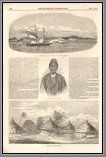 BRA 092 BRA 092 | 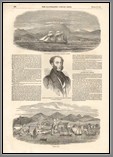 BRA 092 BRA 092 | 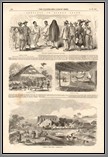 BRA 092 BRA 092 | 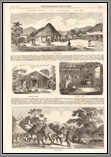 BRA 092 BRA 092 |

